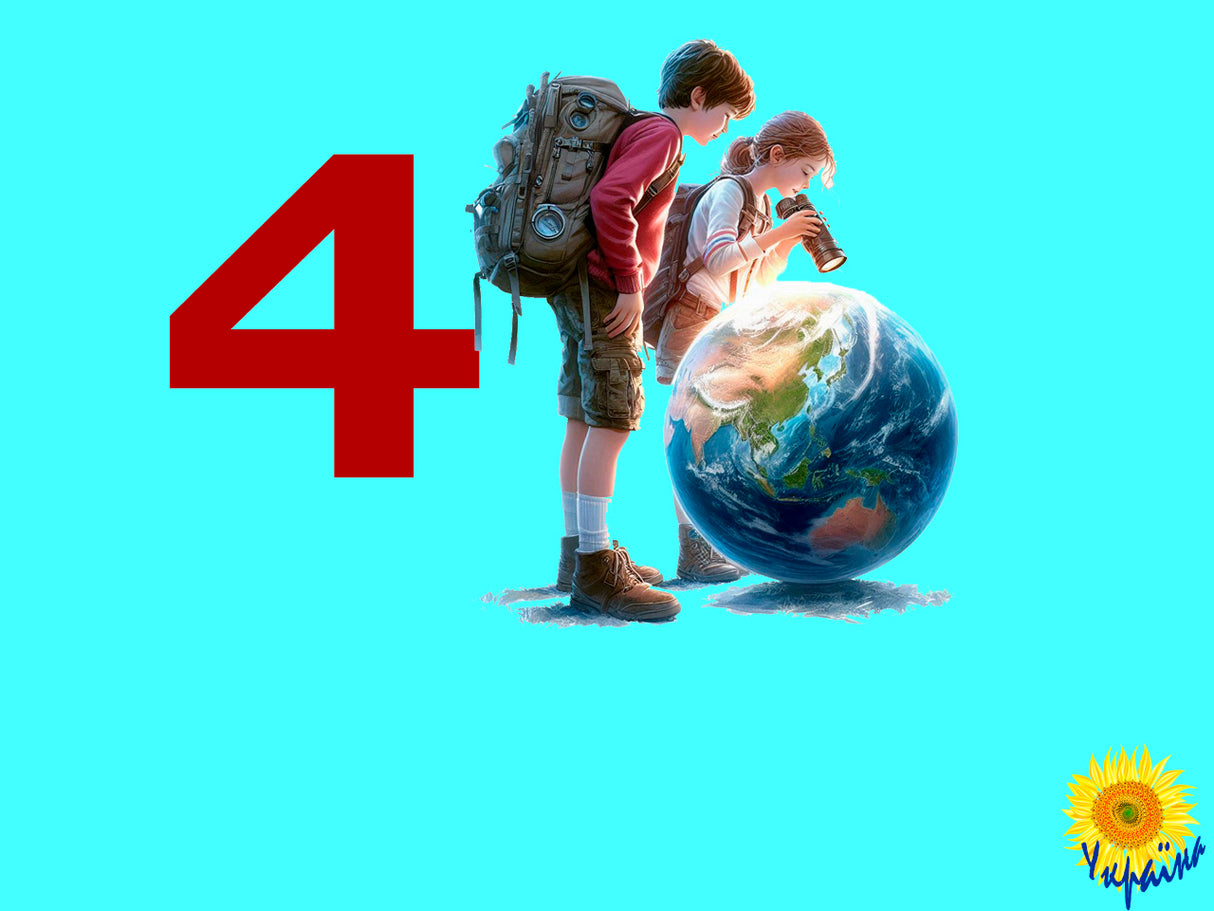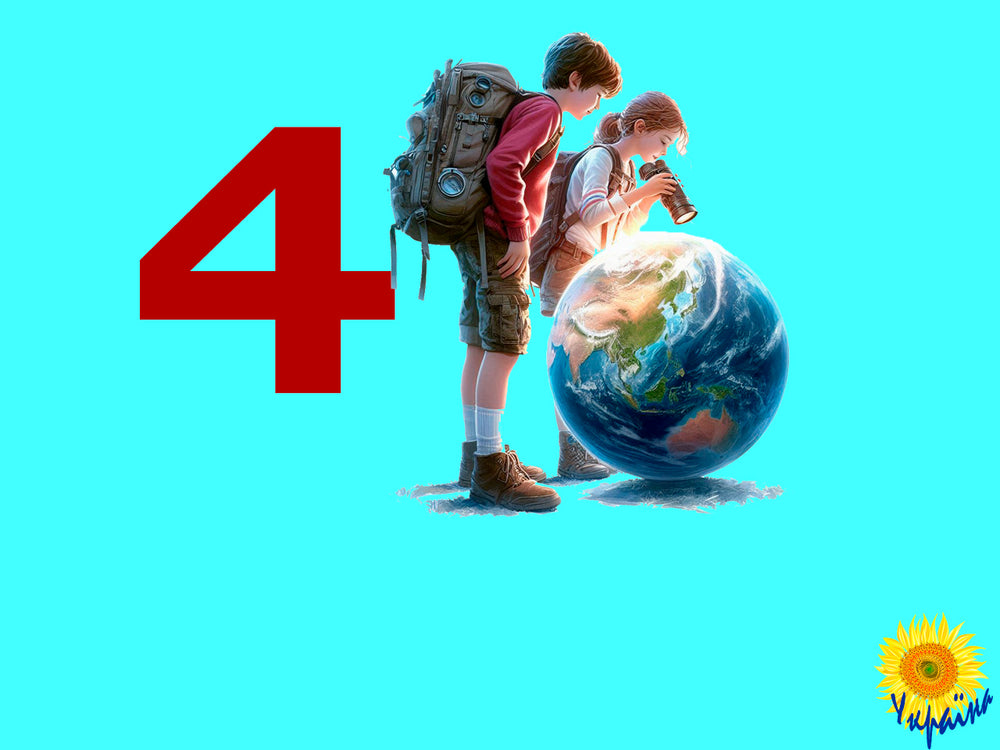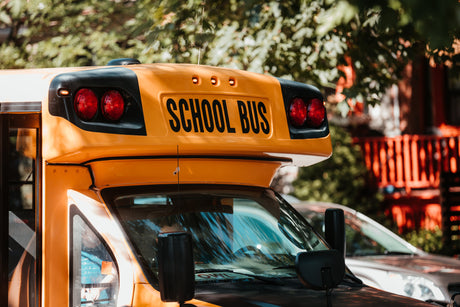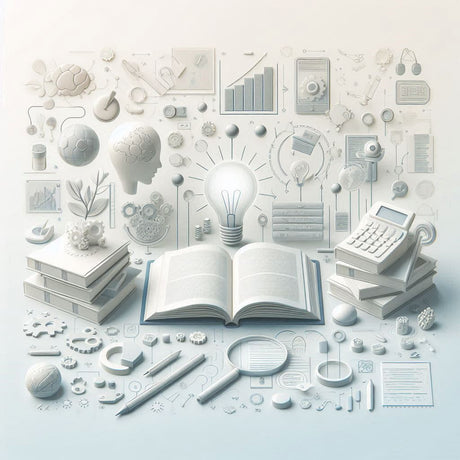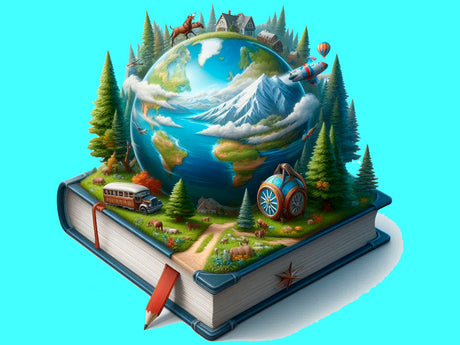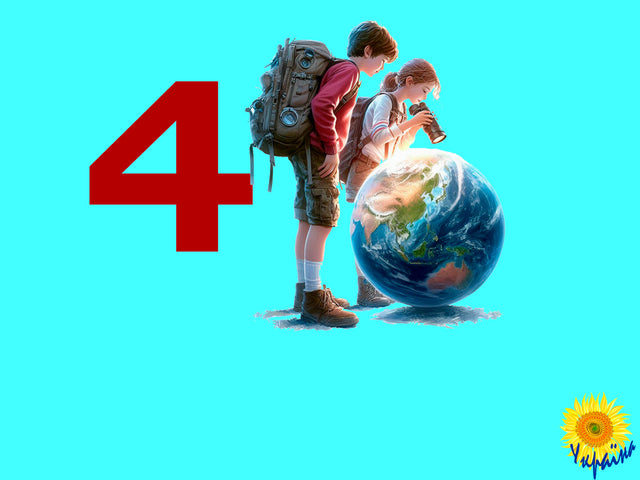Tests. I explore the world Grade 4. Nature of Ukraine
 Intermediate
Intermediate
 Test
Test
 1 hrs
1 hrs
Tests. I explore the world Grade 4. Nature of Ukraine - Ukrainian is backordered and will ship as soon as it is back in stock.
What is Unibot?
What is Unibot?
Unibot is a platform for educational systems that combines an administration panel and a chatbot. It allows you to easily upload data, customize chatbots without programming, and manage courses. It supports multilingual bots, content management, and optimized resource utilization for efficiency. The platform makes educators' work easier by automating repetitive tasks. Different pricing plans are available, from basic to premium, which differ in the number of supported bots, languages, messages, and other features.
More information
This diagnostic work is designed to assess the knowledge acquired by 4th grade students on the topic "I Explore the World," specifically focusing on "The Nature of Ukraine." The test evaluates how well students understand Ukraine’s natural resources, ecosystems, and the characteristics of its nature, as well as their ability to apply this knowledge practically. The diagnostic work can be used independently of specific textbooks.
Structure of the Test
- Tasks 1-5: Evaluating understanding of Ukraine’s natural resources, ecosystems, and local natural features.
- Tasks 6-10: Assessing knowledge of local flora and fauna, natural objects, and the impact of natural resources on the economy.
- Results of the Diagnostic Work: Measuring achievements and identifying areas for improvement.
Key Information about the Test
Expected outcomes from completing this diagnostic work include assessing competencies in the following areas:
- Mapping and Resources: Identifying and naming their place of residence on a map of Ukraine, naming and explaining the significance of Ukraine’s natural resources (water, soil, minerals, plants, and animals) for the country’s citizens.
- Ecosystems: Providing examples and describing local ecosystems according to a plan (ecosystem name, plants and animals within it, their interrelationships, and its significance to humans).
- Local Flora and Fauna: Recognizing and naming local plants, animals, and fungi (3-4 representatives each) and modeling the relationships among them.
- Natural Objects: Describing important natural objects of Ukraine and their local area.
- Mineral Resources: Characterizing the significance of 2-3 types of minerals for the country's economy and citizens' well-being.
- Natural Zones: Characterizing Ukraine’s natural zones according to a plan, describing the inhabitants of natural ecosystems, their relationships with each other and the abiotic environment.
- Environmental Conditions: Explaining the relationship between natural zone conditions and its inhabitants, and the effects on local labor and lifestyle.
- Seasonal Changes: Observing seasonal phenomena in their local environment, describing changes in the abiotic and biotic nature, and human activities.
- Ecosystem Relationships: Analyzing relationships within ecosystems (between organisms and the abiotic environment), and traditions reflecting Ukrainian attitudes toward nature.
- Food Chains: Constructing food chains.
- Environmental Responsibility: Acting in the environment without causing harm and expressing opinions about the diversity and value of Ukraine's nature.
- Awareness and Respect: Understanding their responsibility for the state of nature in their local community and showing respect for Ukrainian traditions in nature conservation.
-
Genre
-
Target audience
-
Language version
-
Subject area
-
Recommended age group
-
Course time
-
Book author
-
Author Collection

